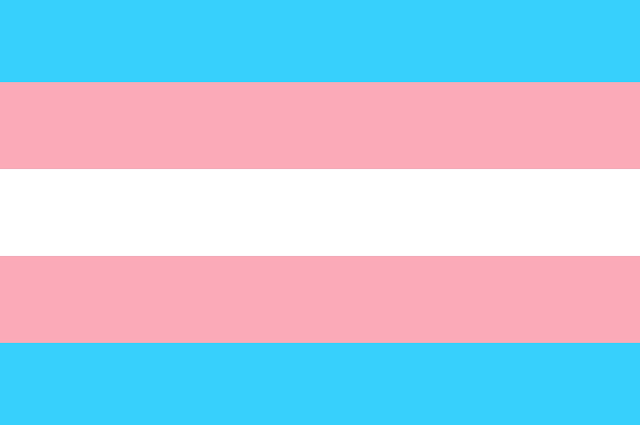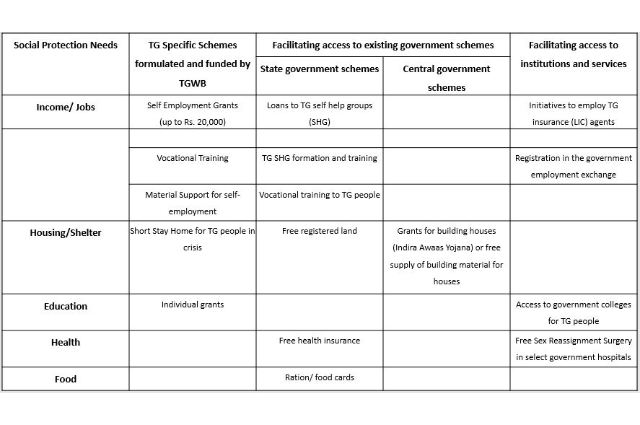If we look at the news of trans-suicides and trans-killings in Brazil and Malaysia, India may seem like heaven for transgender people there. Nevertheless, India has its own prejudices to erase from its societal psyche and cross its patriarchal hurdles. A marginalized minority in any field will get its fundamental rights when we, the majority, support them. That is only possible if we understand and empathize with them. But we are taught nothing at home or school about transgender people. The world outside considers any discussion related to the topic as taboo and stigmatizes them. Bollywood makes them the butt of the joke, and the audience uses them as insulting slurs. I have written this article to break those biases based on ignorance and bigotry.
History of Transgenderism in India
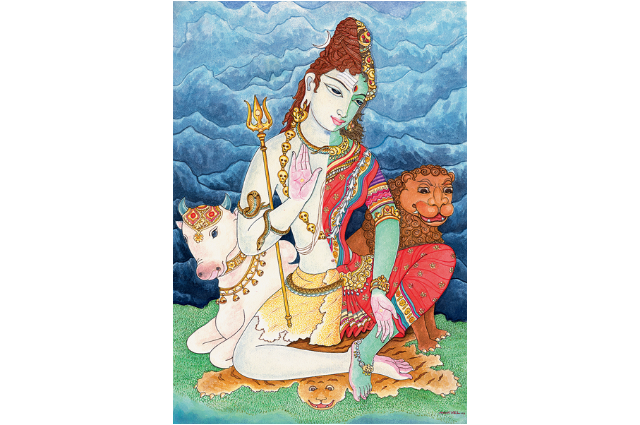
Contrary to popular belief in the west, Indians have been well aware of transgender people since the Vedic period. Chandravanshi – the dynasty of Lord Krishna, was founded by King Ila, or his female alias, Ilā. She gave birth to Pururavas, which marked the beginning of the Lunar dynasty. Mentioned in the Ramayana and some Puranas, there are multiple depictions where in some she is born a woman wishing to be a man, while in others, he is born as a man wishing the opposite. Then there is the story of Shikhandi, who was born a girl but later turned into a man, so he could take revenge by killing Bheesma in the war of Mahabharata.
Ardhanarishwara – the unified depiction of Lord Shiva and Goddess Parvati as a single deity, is revered not only by the entire transgender community in India but also by every Hindu. These are just a few off of many more examples that show us that India has a history of not just transgender women but also transgender men, bi-gender, gender-fluid, as well as gender-non-conforming people.
The Present Times

The modern transgender community in the west is radically different from the hijra community – an ancient religious cult of India. The term “transgender” in India is an umbrella term, mostly consisting of eunuchs, with some intersex individuals, since transwomen joining the hijra community, also known as jamaat, go through an initiation rite that includes castration of the penis and the testicles. They live under the mentorship of a guru. Transmen are still invisible in the country. Being a minority within a marginalized community, they are out of the public imagination and discussion.
I described the community as a religious cult earlier because they are believed to be bestowed with supernatural powers based on ancient religious texts. Therefore, people invite them for blessings during prosperous ceremonies where they sing, dance, and entertain everyone. It is a major source of their income besides begging and prostitution.
However, they have gained a bad reputation over time, as some resort to extortion of money when they beg, and there are some serious allegations on some jamaats regarding the exploitation of existing transwomen and forceful conversions of young males into eunuchs through abductions and illegal castrations. This has instilled fear and alienated people’s mindset towards the trans community.
It is interesting that while people worship transgender women due to their religious beliefs, they also socially ostracize them. Most children who come out as trans get kicked out by their families onto the streets. They end up begging or being forced into the sex trade. As a result, many don’t come out of their closet, ever. Many are unable to cope with living the false identity that they are born with and become alcoholics and drug addicts. Depression, mental trauma, suicidal tendencies eventually kill thousands of transgender persons every year. These deaths are not registered as trans-suicide or murder as they have not had sex-change so, they go unreported from the public eye.
This happens all around the world, including the developed countries, but in India, being an outcast is imminent. No access to education, job, and legal identification will crush the backbone of any human being.
The role of government
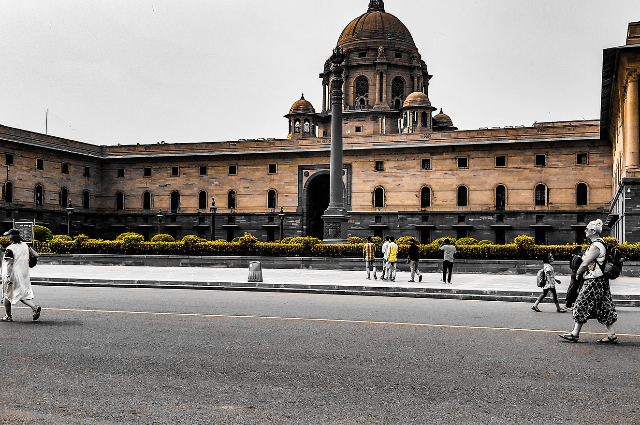
While the government is launching schemes to financially support the trans community, many don’t receive the money because they don’t have a bank account. These schemes are redundant since the government doesn’t even have a census of the transgender population. They can only assume it based on the “others” gender category. Introduced in legal documents in 2011, it marks the population at around 4.9 million, which includes everyone who identifies outside the binary male and female, not just transgender individuals. The woes of a transgender person living as a ghost in their own country are immeasurable. While the rest of the world is fighting for equal representation of transwomen as women, one can imagine the desperation that caused the NALSA judgment by Supreme Court in 2014 to be considered as a victory.
The NALSA Judgement of Supreme Court identified transgender as the ‘third gender’ and a socially backward community, hence eligible for reservations in the Other Backward Class (OBC) category.
The Transgender Persons (Protection of Rights) Bill, 2019, passed by Lok Sabha on August 5, 2019, was meant to safeguard the rights of transgender people. But unfortunately, many consider it regressive and term the day as “Gender Justice Murder Day.”
The activists are concerned that the bill confines a trans individual's right to freedom of sexuality. It makes them subject to a certification process, which includes getting the approval of a government officer and a doctor. India provides the cheapest gender-affirming surgery in the world, yet they are inaccessible to native transwomen. The surgeries are high-risk and require subsequent corrective procedures which add up to the total cost. It is understandable if some opt not to reconstruct their sex organs, that doesn’t make them less woman (transwoman) or man (transman). The bill makes it mandatory instead, violating its own accords and restricting the trans individual from self-expression. The bill is also discriminatory in the sense that someone who sexually abuses a transwoman will face imprisonment of no less than six months, which can be extended to two years with a fine. But in the case of a woman being sexually abused, it is seven years of imprisonment.
The situation is not all grim if we consider the welfare schemes and facilities provided by the Tamil Nadu government for transgender people. I have made a detailed table below:
Empowerment of the trans community
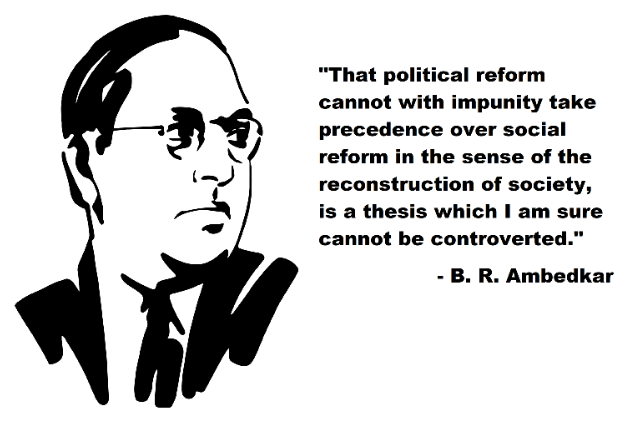
One of the main reasons behind the deplorable condition of transgender people in India is the lack of education, financial security, and family support. Stripped from basic fundamental rights since childhood, they learn to live through the harsh realities of life. A good education will definitely lead to better job opportunities and financial security. As mentioned above, the government is already working on empowering the transgender population. But those acts and laws can only be implemented if we socially reform our mindset. What is the point of making laws when lawmakers are biased against the victims of oppression? How can a transgender student study in a school or college full of transphobic classmates and teachers? How can they work in a toxic environment where they are scrutinized and publicly humiliated by their colleagues or boss?
We must abolish the discriminatory culture against people of other sexualities and gender. Instead of worshipping them as demi-gods and exploiting them for our benefit, we should treat them as fellow human beings because that’s what they are. By educating ourselves about them, we can eradicate the prejudices blinding us and become inclusive of all human beings. There are online communities such as r/lgbt and r/asktransgender in Reddit, where you can ask and discuss topics related to them.
A transwoman or transman should not feel the need to seek refuge in jamaat. They have the right to live in their own house, among their own family. That is only possible through love and acceptance from people around them.
Thank you for reading my article!

